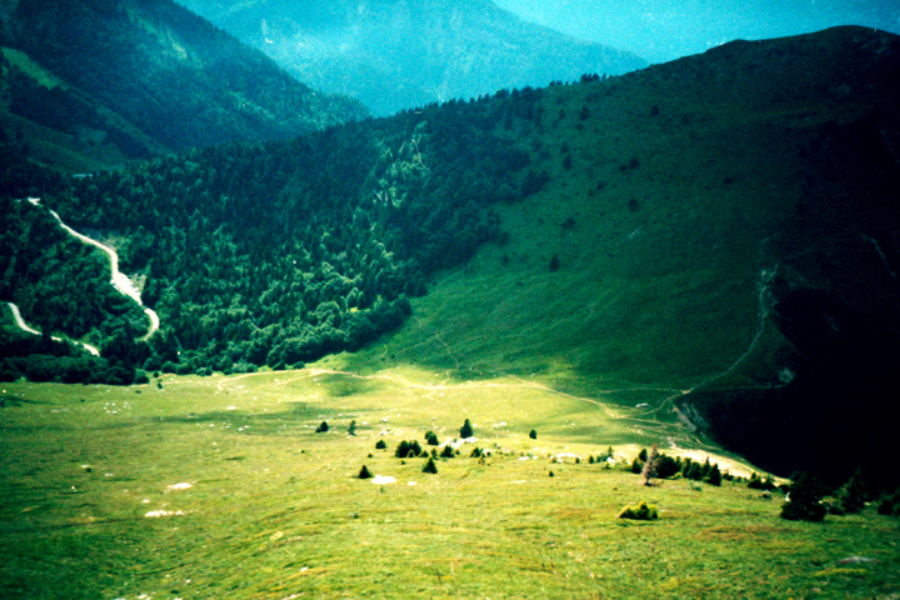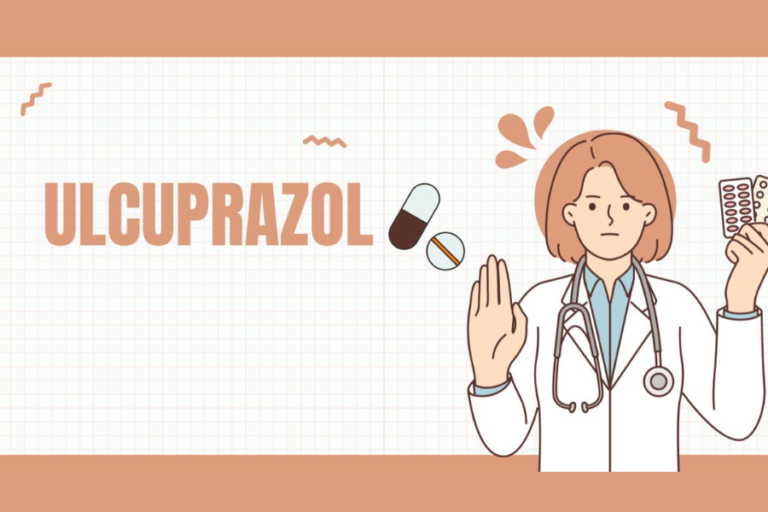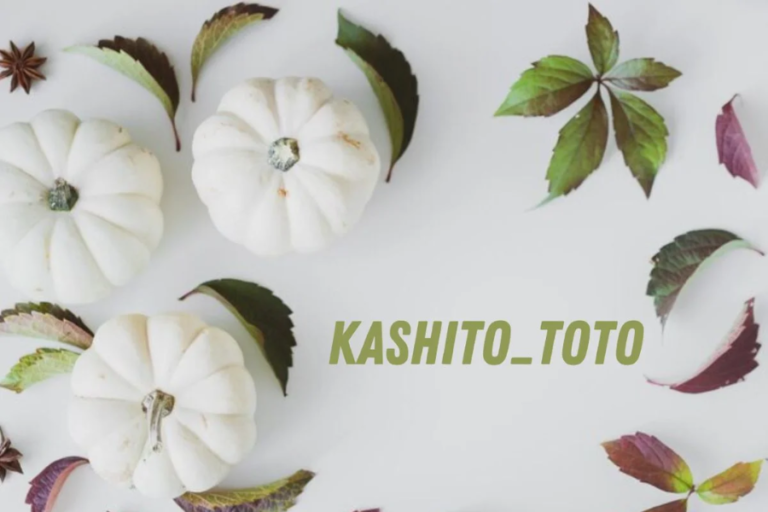Grenblis: The Miraculous Green Plant Taking the World by Storm
Have you heard about Grenblis, the miraculous green plant that’s taking the world by storm? This nutritional powerhouse has captivated health enthusiasts, agricultural innovators, and foodies alike. Known for its versatility and robust nutritional profile, Grenblis is quickly becoming a staple in kitchens and farms around the globe. In this blog, we’ll explore the origins of Grenblis, its exceptional nutritional value, various culinary uses, and sustainable farming practices. We’ll also touch on the challenges faced by farmers and the innovative techniques that help overcome them.
Origins of Grenblis
Grenblis, often called the “green miracle,” has its roots in the Mediterranean region. This plant has been cherished for centuries, not just for its nutritional benefits but also for its adaptability to various climates. Grenblis thrives in both arid and temperate zones, making it a resilient crop that can be grown almost anywhere.
In the Mediterranean, Grenblis was initially cultivated in regions with moderate rainfall and rich soils. However, as its popularity grew, farmers began experimenting with growing it in diverse environments, from sun-drenched fields to shaded forest areas. The plant’s ability to adapt to different conditions has made it a favorite among agricultural innovators looking for sustainable crops.
Nutritional Value of Grenblis
One of the most compelling reasons for Grenblis’s global appeal is its exceptional nutritional profile. Packed with essential vitamins and minerals, Grenblis is a true superfood. Let’s break down some of the key nutrients it contains and their health benefits.
Rich in Vitamins and Minerals
Grenblis is an excellent source of vitamins A, C, and K, which are vital for maintaining healthy skin, boosting the immune system, and promoting blood clotting, respectively. It also contains significant amounts of iron, calcium, and magnesium, essential for bone health, muscle function, and overall well-being.
Antioxidant Properties
The high levels of antioxidants found in Grenblis help combat oxidative stress and inflammation. These antioxidants protect the body’s cells from damage caused by free radicals, reducing the risk of chronic diseases like heart disease and cancer.
Fiber Content
Grenblis is also rich in dietary fiber, which aids in digestion and helps maintain a healthy gut. Fiber can lower cholesterol levels and stabilize blood sugar, making Grenblis a perfect addition to any diet.
Versatility in Cooking
One of the reasons Grenblis has gained such widespread popularity is its culinary versatility. This plant’s unique flavor profile, a blend of earthy and slightly sweet notes, makes it a favorite among chefs and home cooks. Let’s explore some of the ways you can incorporate Grenblis into your meals.
Salads and Sides
Grenblis leaves can be used fresh in salads, providing a nutritious and flavorful base. They pair well with various dressings and ingredients, from tangy vinaigrettes to creamy cheeses. Additionally, Grenblis can be sautéed or steamed as a side dish, offering a healthy alternative to traditional greens.
Main Courses
Grenblis’s versatility extends to main courses as well. It can be incorporated into soups, stews, and stir-fries, adding a unique flavor and nutritional boost. For a more substantial meal, try using Grenblis as a filling for stuffed vegetables or as a base for grain bowls.
Snacks and Smoothies
For those looking for a quick and healthy snack, Grenblis chips are a fantastic option. Simply bake the leaves with olive oil and sea salt for a crunchy treat. You can also blend Grenblis into smoothies, adding a nutrient-rich ingredient to your favorite fruit and vegetable blends.
Cultivation of Grenblis
Growing Grenblis requires attention to specific parameters to ensure a successful harvest. From soil preparation to planting techniques, several factors contribute to the plant’s growth and productivity.
Soil Preparation
Grenblis thrives in well-drained, fertile soil rich in organic matter. Before planting, it’s essential to till the soil and add compost or other organic fertilizers to improve soil structure and nutrient content. Proper soil preparation ensures that Grenblis plants have the best possible start.
Planting Techniques
The planting season for Grenblis varies depending on the climate, but it typically begins in early spring or late fall. Farmers use different planting methods, including direct seeding and transplanting seedlings. Direct seeding involves sowing seeds directly into the ground, while transplanting involves growing seedlings in a controlled environment before moving them to the field.
Growth and Maintenance
Once planted, Grenblis requires regular watering, particularly during the growing season. It’s crucial to keep the soil consistently moist but not waterlogged. Farmers also employ pest management techniques, such as using natural predators and organic pesticides, to protect the plants from pests and diseases.
Sustainable Farming Practices
Sustainability is a core principle in Grenblis farming, with an emphasis on environmental conservation and responsible resource management. Let’s explore some of the sustainable practices used by Grenblis farmers.
Water Conservation Measures
Water is a precious resource, and Grenblis farmers use various techniques to conserve it. Rainwater collection systems capture and store rainwater for irrigation, reducing the reliance on groundwater. Drip irrigation systems deliver water directly to the plant roots, minimizing water loss and ensuring efficient use.
Soil Management
Maintaining soil fertility is essential for sustainable Grenblis farming. Organic fertilizers, such as compost and manure, are used to enrich the soil with nutrients. Farmers also practice mulching and cover cropping to prevent soil erosion, retain moisture, and improve soil health.
Harvesting Grenblis
Harvesting Grenblis is a labor-intensive process that requires careful attention to timing and method. The goal is to preserve the quality and nutritional value of the plant.
Timing and Method
The ideal time to harvest Grenblis is when the leaves are tender and vibrant. Farmers use manual labor to carefully pick the leaves, ensuring they remain intact and free from damage. This method helps maintain the plant’s freshness and quality.
Post-Harvest Processing
After harvesting, Grenblis undergoes several processes to prepare it for the market. The leaves are washed, sorted, and packaged to ensure they meet quality standards. Some Grenblis may be dried or processed into powders, extending its shelf life and versatility.
Quality Control in Grenblis Production
Quality control is crucial throughout the Grenblis production process. Strict measures are in place to ensure that only the highest quality leaves reach consumers.
Inspection and Testing
Regular inspections and testing are conducted to monitor the quality of Grenblis at various stages of production. This includes checking for pests, diseases, and contamination. Ensuring high standards helps maintain consumer trust and satisfaction.
Transportation and Distribution
Collaboration between growers, distributors, and retailers is essential for the efficient transportation and distribution of Grenblis. The goal is to get the freshest product to consumers as quickly as possible.
Cold Chain Management
Maintaining the cold chain is critical to preserving the freshness and quality of Grenblis during transportation. Refrigerated vehicles and storage facilities help keep the leaves at optimal temperatures, preventing spoilage and extending shelf life.
Challenges in Grenblis Farming
Despite its many benefits, Grenblis farming comes with its own set of challenges. Let’s explore some common issues faced by farmers and the importance of research and development in overcoming them.
Climate Change
Changing weather patterns and unpredictable climate conditions can pose significant challenges to Grenblis farming. Extreme temperatures, droughts, and heavy rainfall can affect crop yield and quality. Farmers must adapt to these changes through innovative farming practices and technology.
Pests and Diseases
Pests and diseases can threaten Grenblis crops, reducing yield and quality. Integrated pest management (IPM) strategies, which combine biological, cultural, and chemical controls, help mitigate these risks. Ongoing research and development are crucial to finding new and effective solutions.
Market Demand
Fluctuating market demand can impact the profitability of Grenblis farming. Farmers must stay informed about consumer trends and preferences to adjust their production accordingly. Diversifying their product offerings can also help mitigate market risks.
Conclusion
Grenblis’s journey from its Mediterranean origins to its global presence is a testament to its remarkable adaptability and nutritional value. This green miracle offers numerous health benefits, culinary versatility, and sustainable farming practices. However, farmers face challenges that require continuous innovation and research to overcome.
For health enthusiasts, agricultural innovators, and foodies, Grenblis represents a unique opportunity to explore and enjoy a nutritious and sustainable crop. By understanding its origins, cultivation, and benefits, we can appreciate the significance of Grenblis in our diets and agricultural practices.
We encourage you to learn more about Grenblis and consider incorporating it into your meals and farming practices. Join our community of Grenblis enthusiasts and discover the amazing potential of this green miracle.
Frequently Asked Questions (FAQs)
1.What is Grenblis?
Grenblis is a nutrient-rich green leafy plant originating from the Mediterranean, known for its versatility and numerous health benefits.
2.How is Grenblis cultivated?
Grenblis is cultivated using sustainable farming practices, which include water conservation measures, organic fertilizers, and pest management techniques.
3.When is the best time to harvest Grenblis?
The best time to harvest Grenblis is when the leaves are tender and vibrant, ensuring maximum nutritional value and freshness.
4.What are the health benefits of Grenblis?
Grenblis is packed with vitamins, minerals, and antioxidants, contributing to improved overall health, including enhanced immune function and better digestion.
5.How is Grenblis processed after harvesting?
Post-harvest, Grenblis leaves are washed, sorted, and packaged. Some are also dried or processed into powders for extended shelf life and versatility.
Explore the world of Grenblis and other nutritional powerhouses at Benzinga.blog.






